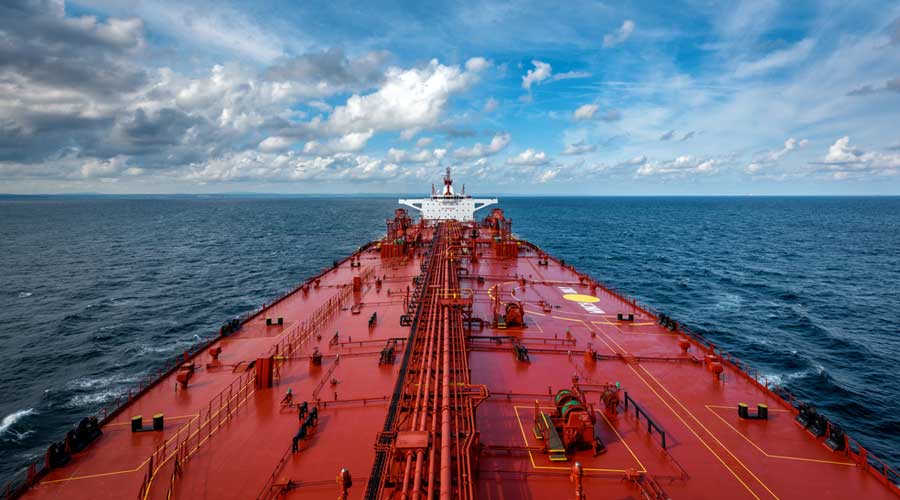Aframax freight rates in Asia have hit a two-year high on tight supply as the US started importing cargoes from the Persian Gulf and the Red Sea after it stopped buying Russian fuel oil, market participants said April 27.
Monthly US imports of fuel oil and vacuum gasoil, or VGO, from the Persian Gulf and the Red Sea are expected to rise above the key mark of 1 million mt anytime soon, an eightfold increase from January, market participants said.
Sources said most of Saudi Aramco’s six cargoes of straight-run fuel oil for May loading, which were sold in a recent tender, are heading for the US Gulf.
The key Persian Gulf-East route was last assessed at w192.5 April 26, up from w138.5 at the beginning of the month, according to the S&P Global Commodity Insights. The cost of moving non-heated crude from the Persian Gulf to the East was $36.52/mt April 26, similar to what was seen two years ago, S&P Global data showed.
Shifting trade flows
The Russian-Ukraine war has led to a major shift in trade flows of various commodities, including fuel oil and VGO. Prior to the war, Russia was a major exporter of these commodities, but a barrage of sanctions by the US, the UK and the EU have made shipments difficult and costlier.
Middle East’s fuel oil and VGO exports to the US have increased manifold, estimated around 850,000 mt this month, up from a paltry130,000 mt estimated in January, according to data from Kpler.
Platts cFlow ship and commodity tracking software by S&P Global shows that at least nine Aframax tankers have already been chartered to deliver fuel oil on the Persian Gulf-US route in the first four months of this year. In 2021, the same number of fixtures were seen in the full year.
At present, several Aframaxes are positioned in the Persian Gulf and across the Red Sea, tightening supply in Southeast Asia. There are only 21 Aframaxes available for loading in Singapore during the next 10 days, one of the brokers tracking the developments said.
Arbitrage is still open for westbound shipments of VGO and fuel oil loading from refineries in the Persian Gulf and Jizan, across the Suez Canal, in the Red Sea, but a broker cautioned this window might close if freight continues to rise. Saudi Arabia’s 400,000 b/d Jizan refinery, which started operations last year and reached 50% capacity utilization in December, is one of the sources replacing lost barrels from Russia.
ASIA feels the pinch
Other refineries in the Middle East that typically shipped fuel oil to East Asia prior to Russia’s invasion of Ukraine are now supplying to the US instead. In the backdrop of sanctions on Russia, the US refineries are paying higher prices to secure fuel oil cargoes from the Middle East, something which buyers in East Asia are reluctant to match, trade sources said.
The tight supply comes at a time when demand is on the rise. Due to expensive LNG prices since the third quarter of last year, South Asian countries such as Pakistan and Bangladesh turned to fuel oil for running their power plants. This translated into increased demand for Aframaxes and Medium Range, or MR, tankers for moving fuel oil from East Asia.
The South Asian fuel oil demand is expected to be higher by around 24,000 b/d in the first half of 2022, compared with the second half of this year, as LNG prices are expected to remain high, particularly in the near term, according to a recent report by Platts Analytics from S&P Global.
Source: Hellenic Shipping News






